How “28 Years Later” DP Anthony Dod Mantle Mounted 20 iPhones to a Custom Rig For Danny Boyle’s Thrilling Sequel
Oscar-winning Slumdog Millionaire cinematographer Anthony Dod Mantle helped unleash an indie-film revolution as a key member of Denmark’s Dogma movement, utilizing handheld digital video camcorders and available light to shoot dramas of unsettling intensity. In 2002, he drew on that low-tech aesthetic to film 28 Days Later for director Danny Boyle. Now, six movies into their ongoing collaboration, comes 28 Years Later (opening Friday, June 20). “Having made quite a few films together, I think our legacy is that we try to reboot in everything we do,” Mantle says. “28 Years Later is not a sequel, it’s a standalone film that reveres something that has gone before but takes it further and onward and upward, with Alex Garland as the writer. Therein lies the dichotomy of revisiting a phenomenon that you want to make better.”
Jodie Comer, Aaron Taylor-Johnson, Jack O’Connell, Alfie Williams, and Ralph Fiennes star in 28 Years Later as new characters, but it’s the same old “Rage Virus” that’s laid waste to “Mainland” England while hardy survivalists seclude themselves on a nearby island. Unusual for a horror film, 28 Years Later is presented in the same extreme wide-screen format used back in 1959 for the sword-and-sandals epic Ben-Hur. In a thoroughly modern enhancement, Mantle shot this wide-scream zombie movie primarily on iPhones.
Speaking from a hotel in London, where he’s working on Kevin Macdonald’s next movie, Mantle discusses his Dogma days and the challenges of making a big picture on tiny cameras.
Your involvement in nerve-rattling Dogma films from directors like Lars von Trier and Thomas Vinterberg inspired a generation of filmmakers, including Danny Boyle. He tried reaching out after seeing your work in The Celebration?
Danny’s making The Beach with Leonardo DiCaprio. After he saw Celebration, he called me. I figured it was a joke, ignored the call, and went out with my little kid in his pram. A few days later, Danny calls again: “Maybe you didn’t get my message?” This time I thought “I guess it really is Danny Boyle.” I called him back, and he’s very humble and nice. Within weeks, I was doing two TV dramas with him, and that escalated into 28 Days Later. That lay on the foundation of all the Dogma stuff I had done with Vinterberg, Lars, and the others.
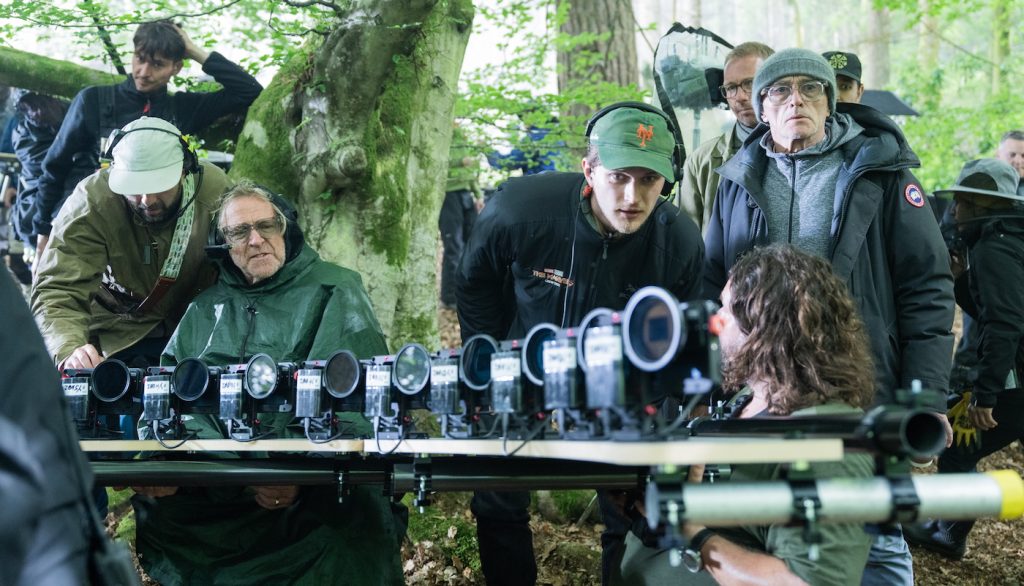
You’re English-born but moved to Copenhagen in your twenties?
Well, I didn’t have a proper job because I was basically a backpacker, traveling the world, like Alex Garland. But I was interested in photography. At the age of 25, I worked as a p.a. in London and realized very quickly that the commercial world was not for me. I was more emotionally driven. I got into the National Film School of Denmark and found myself with this young, mixed bag of very volatile artists. I adored reality and loved having one foot in the puddle and my thoughts in the air. Poetic ideas and the mud of real life combined well with me in stories that are capable of rendering that mix of art, politics, and poetry, and 28 Years Later is no exception.
Dogma is famous for its rules, and you seemed to thrive within those limitations.
Dogma was about re-igniting old ideas in new ways. It was a philosophy, and within this set of rules, there was a wonderful restrictive element, as well as a kind of combustion that provided the ticking bomb that could explode into something quite exciting.
What were the rules or creative brief that Danny Boyle had in mind when he asked you to shoot 28 Years Later?
Danny always talks about being light on your feet and re-prioritizing certain elements of filmmaking that are not about having a gigantic unit base stuck in one place and then moving millions of tons [of gear]. So with 28 Years Later, the first thing he said is that he wanted to explore, as spontaneously as possible, areas out there that you don’t normally get to explore because of permits, inaccessibility and all those damn complicating issues that make filmmaking so hard. The second thing was about capturing this film as much as possible on small instruments. He loves the mobility, the experimentation, the elasticity, and the verve of certain tools. I’ve spent a lot of time with lightweight tools. I’m not scared of them, so I spent time helping Danny understand them.
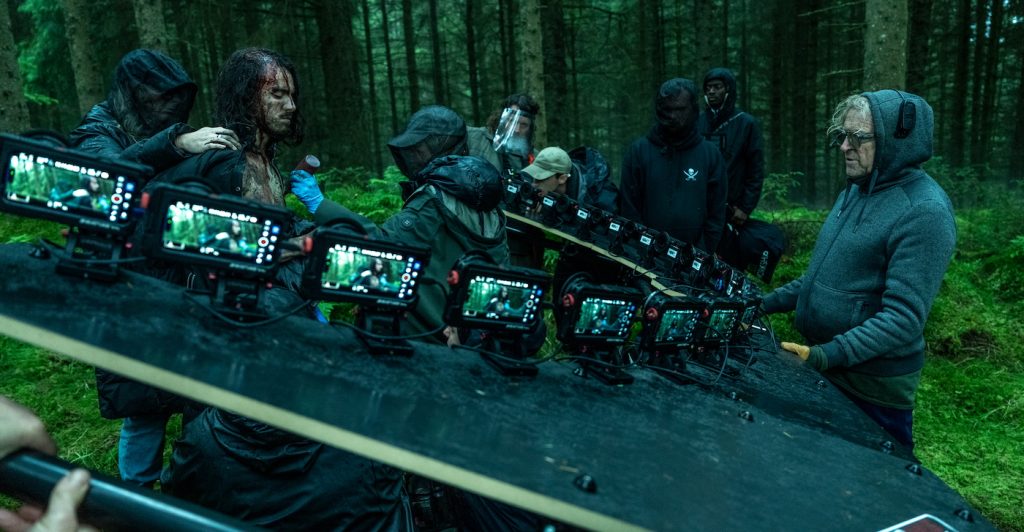
How did the iPhone 15 emerge as the go-to camera for 28 Years Later?
Danny was pretty excited about using the phone, whether it was a directorial whim or whatever. The first tests for this film were about figuring out what I could do and couldn’t do, or what I would have trouble doing [with the phones]. That could get a little bit sticky at times because what I wanted to do more than anything is to please Danny – that’s my job! But it was hard sometimes to find the way forward on this one. Every day, it was debated and discussed. My ultimate collection of tools and paintbrushes was not exactly what Danny had imagined.
How so?
In this film, there were other cameras, other drones, and other systems that were used. Still, a lot of 28 Years Later was shot the way he wanted.
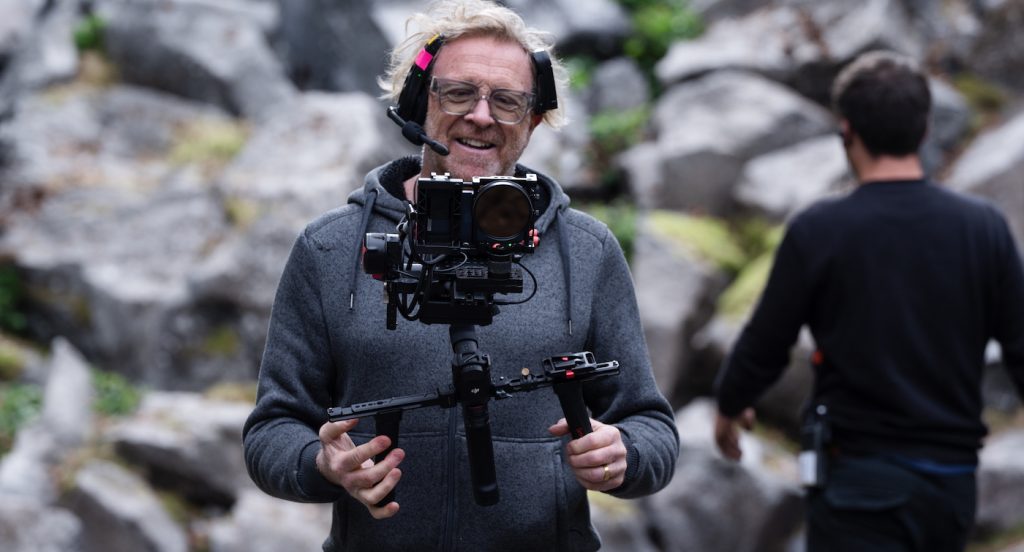
Which was. . .
Danny was very vocal about wanting to use the array system, the bar cam. Originally, it was going to be eight phones in a row, in a curve. Then we went with 20 [phones]. The rig was 3D printed, which my grips then developed, because the rig had to be lightweight enough that you could move it around with your hands. Those rigs also ended up on cranes.
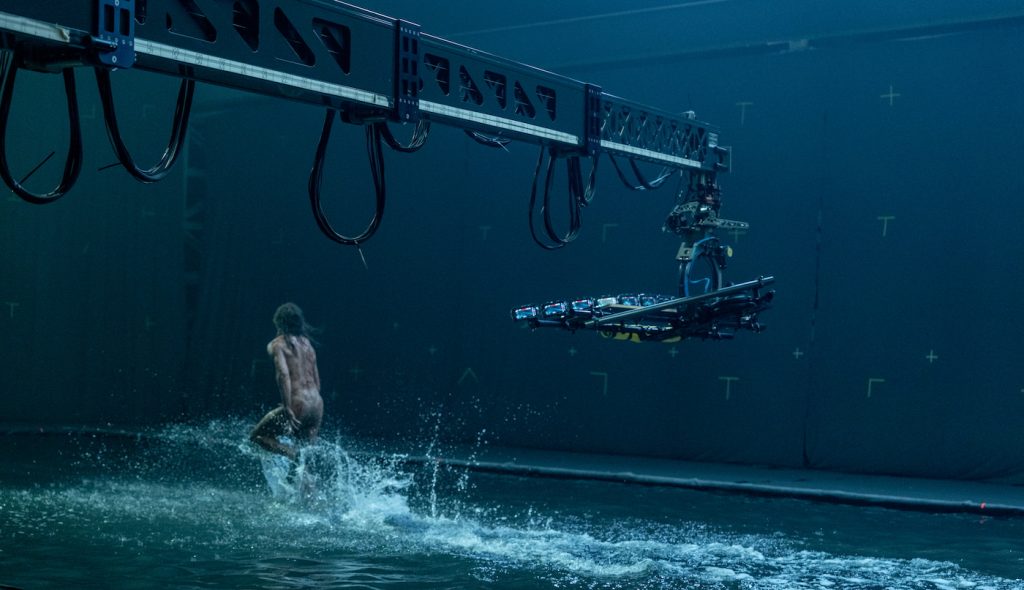
How did the iPhone rigs affect the textures of filmmaking?
Not only is the rig used to create this sort of violent blur of faces, but it is also a denial of informing an actor, or even me, for that matter, who’s holding the camera, which specific frame is going to be used. That’s something we’d also done in Dogma, especially in Celebration – I refused to tell these wonderful actors where I was going to be, or I’d lie to them. “I’m going to be over there.” It was a playful experiment, a journey.
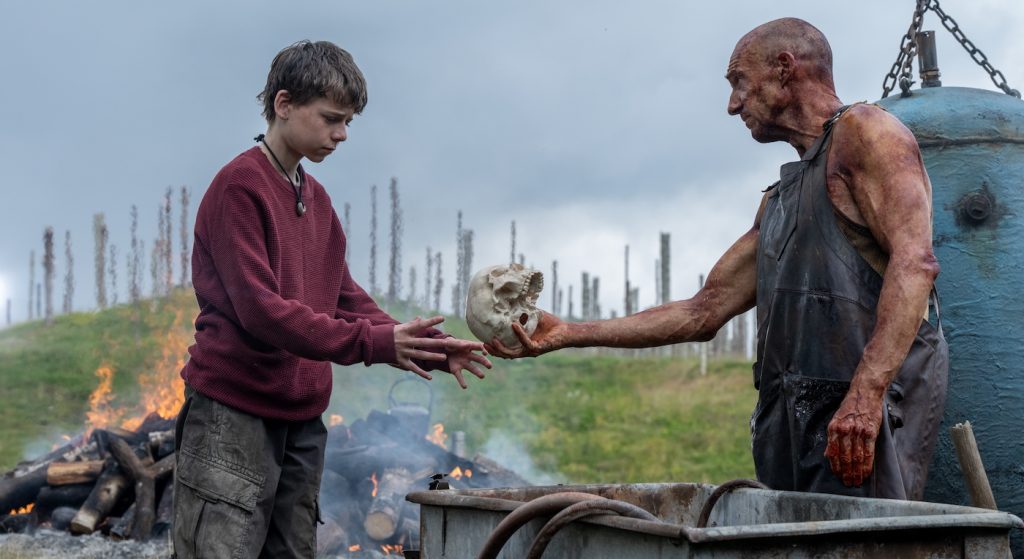
You’re using very small phone-cameras to render an extremely wide screen image with an aspect ratio that gives 28 Years Later this almost heroic scale. Why did you guys decide to go so wide?
Heroic is the word. Basically, we wanted to put a lot of people in the middle of a frame, almost like Wes Anderson, in what I call the “tense punch.” Technically, the capability of these cameras was not as sharp out on the sides. In a similar way that the automatic zoom and so forth helped define the Dogma aesthetic, Danny is invigorated by that kind of thing and sees [the technology] as potential DNA for a story. And because it’s a studio film, Danny wanted it to look like a studio film. Anyway, for the longest time, I had every intention, in agreement with Danny, to shoot 2.39:1 [wide screen format].
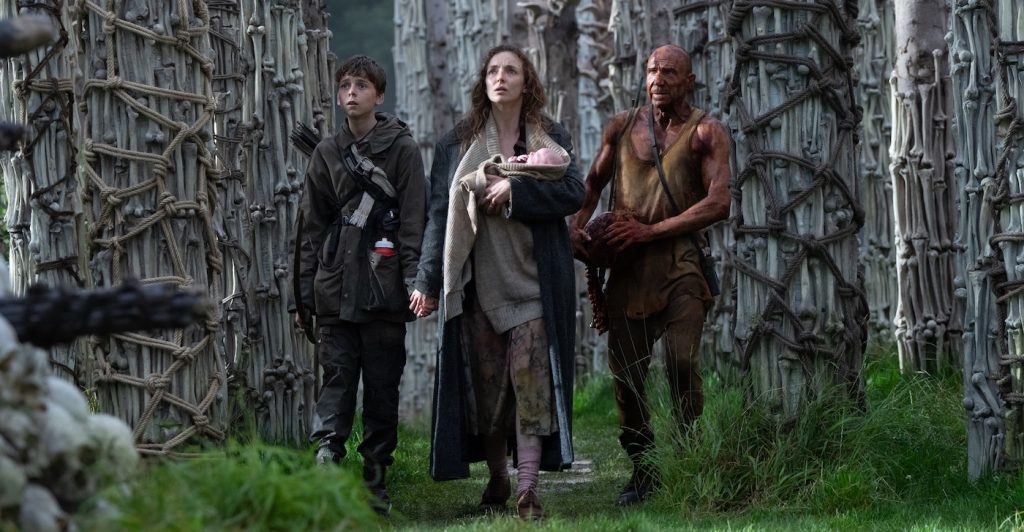
But then it wound up being even wider, at 2:76, like Ben-Hur. How’d that happen?
Very late in my tests, I noticed a little bit of real estate out on the side, still lurking there, not particularly sharp, but it was still real estate, like building a little house at the bottom of a garden. Danny and I agreed in like three seconds, “Yeah, let’s have it be 2.76:1 We wanted to plop the characters amid this enormous expanse of nature, so the space is very interesting for expressing the loneliness, the vulnerability our protagonists experience within this landscape that they travel through.
The horror elements in both 28 Days Later and now 28 Years Later provide a visceral wallop to the larger themes built into the story. What scenes scared you the most when you shot them?
In 28 Days Later, it was when the young boy suddenly falls out from behind a door, suggesting violence that was not altogether visualized. I have children. That messed with my head for a long time. With 28 Years Later, it’s the darkness introduced quite quickly in the church scene with the mad pastor, along with the Infected, who are always going to be the prime warning of things to come around the corner. That all works. But I think the film transforms into an emotional chamber piece drama first through the family [relationships] and then with the child trying to save his mother’s life. It’s fiercely difficult to navigate those emotional bonds and, at the same time, respect the genre of a horror film. I shared a lot of conversations with Danny about how to do that.
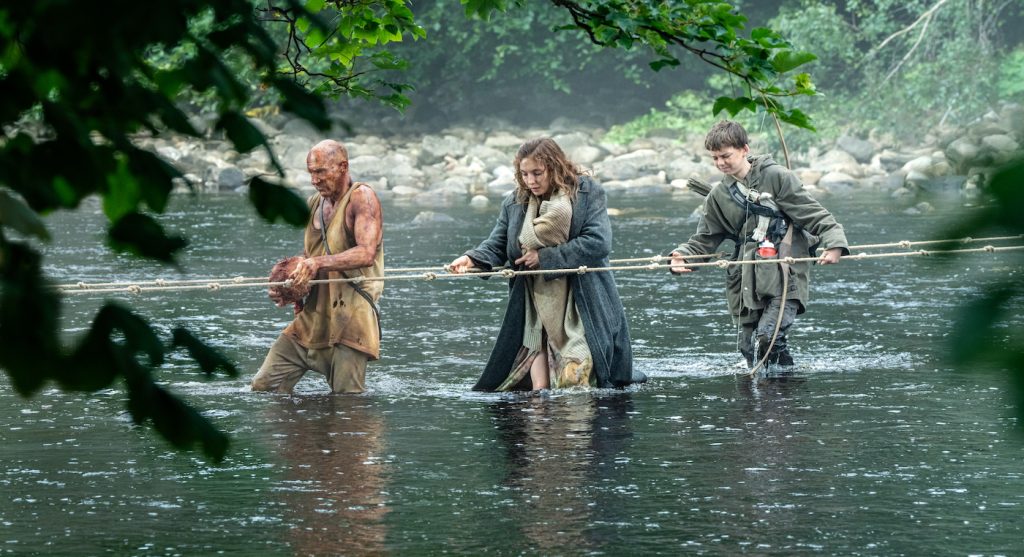
28 Years Later introduces a new breed of mutant freaks, the Slow-Lows. Your reaction?
Those belly babies, the Slow-Lows, remind me of the original Alien [chestburster scene] with the mouth. To me, that’s terrifying. It’s about nature, insects, and cockroaches. Something that’s slow-moving and it’s going to come out at night– that scares the s*** out of me.
Featured image: An infected on the set of Columbia Pictures’ 28 YEARS LATER.



